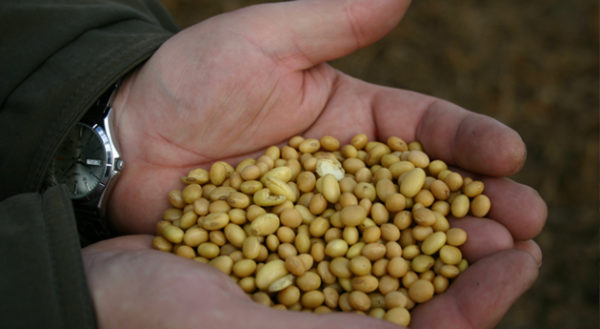
Traditionally, for many years, gardeners of our country have grown fruit and vegetable crops from seeds at home, preferring to plant potatoes with tubers. Gradually, high-quality varieties degenerate, as a result of which planting material is consumed much more than the result obtained during harvesting.
According to experts, growing potatoes from seeds not only avoids deception by unscrupulous manufacturers of elite plant varieties, but also helps to reduce the cost of updating their own varietal base.
These include:
Benefits:
- the price of seeds of high-quality varieties is much cheaper than the tubers themselves;
- for storage of planting material requires less space, which allows you to create optimal conditions for keeping;
- the seeds do not have late blight spores and are genetically much more resistant to climatic problems, because they are often obtained precisely in the area in which the crop is planned;
- the result of seasonal work on the field or in the garden is guaranteed to be higher than when planting plants with tubers.
Disadvantages:
- potato seedlings have a much more fragile root system than other garden crops;
- gentle shoots die easily with temperature changes or irregular watering;
- it is necessary to process potato seedlings with preparations from the black leg;
- seedlings are very demanding on loose soil and experts advise up to 3 cm in height to grow them on moist fine sawdust for better aeration of the roots.
At the same time, potato sprouts are very fragile, they will have to be transplanted to a permanent "place of residence" very carefully and delicately.
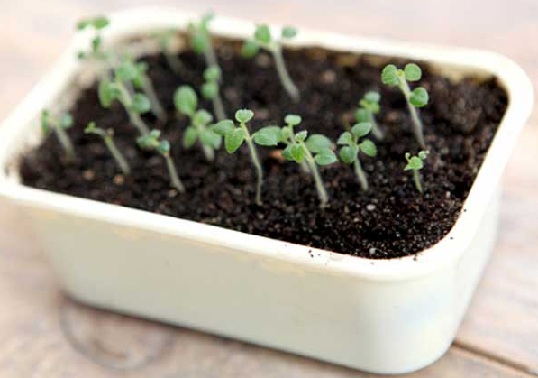
Content
Growing potatoes from biological seeds
To get a good harvest, experts advise growing potatoes in one place for no longer than 6-7 years. This is due not so much to soil fatigue as to the accumulation of pathogenic microflora in the tubers themselves, suitable for planting from past crops. There are 2 ways to grow potatoes from seeds at home: seedlings and seedlings.
Reckless
Suitable for southern areas, while potato seeds should be bought in a trusted specialty store. You will have to carefully consider the plot with the future harvest - potatoes do not like shaded places, it is demanding on light exposure and the length of daylight, especially during the growing season. With a lack of sunlight, the tubers are formed too small, and the bushes will be very tall, taking all the nutrients from the soil.
The following crops are considered the best predecessors of the “second bread”:
- peas;
- corn;
- beet;
- vegetables that do not have nightshade crops in kinship.
After harvesting these crops, you should dig up the surface of the garden for half a shovel, level the surface and sow green manure:
- reps;
- peas;
- mustard;
- barley and so on.
Seedlings can be planted in the soil 5-8 weeks after work.
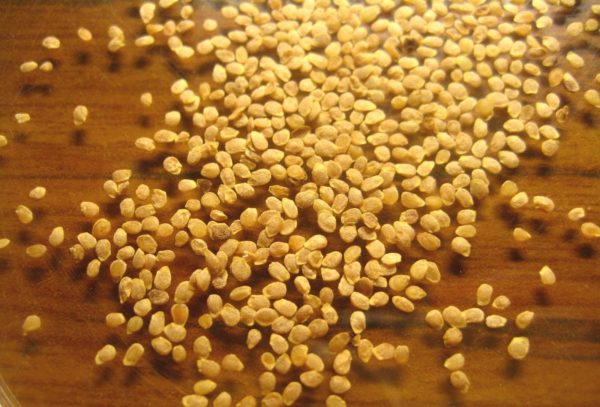
If siderata cannot be sown, when preparing the soil in order to grow potatoes from seeds in a seedling-free way, humus, manure or other organic matter should be added at the rate of 0.5–1.0 buckets per 1 sq. M. In the absence of such fertilizers, in the spring under 15 cm of cultivation, complex fertilizers should be added - ammophos or nitroammophos. It will take no more than 50 g per 1 square. m. The choice depends on climatic conditions characteristic of the area of cultivation of potatoes.
Preparing seeds for sowing
You should warm the purchased seeds in a humid environment at a temperature of 40 degrees for no longer than 15 minutes. If the seeds have not undergone additional processing with microelements in a breeding station or obtained at home, you can soak them in a solution, according to the instructions on the package.
Next, they must be dried at room temperature and put on a wet cloth. Cover with a piece of the same damp cloth and place the dishes with potato seeds at a heat source. After 3-5 days there will be signs of germination - the material is ready for planting.
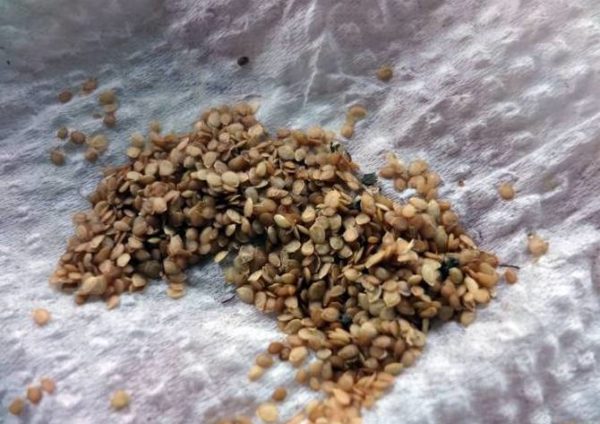
Sowing potato seeds in open ground
Planting hatched potato seeds on the beds should not be earlier than May. In this case, the soil temperature at a depth of 15 cm should warm up to 14 degrees. It is necessary to spread 3-4 seeds in holes up to 5 cm deep, pre-moistened, sprinkle on top of the soil selected from them by half a centimeter.
As soon as 2 real leaves appear on the seedlings, carefully fill the bed with water and carefully thin out the plants - there should be at least 25 cm of free space between future bushes. Extra bores are suitable for separate planting in the same holes or grooves.
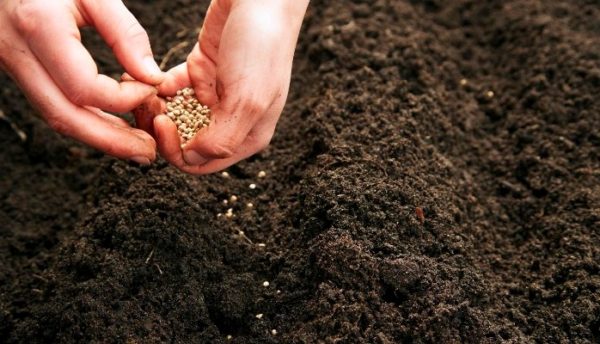
Seedling method of growing potatoes from seeds
If climatic conditions do not allow sowing planting material in open ground, you can breed the desired variety as well as other vegetable crops. It should take into account the features of the preparation of seed potatoes - care for tender bores will require more thorough.
Preparation of soil mixtures for sowing seeds
In order to grow root vegetables from seeds at home, you need to prepare the soil yourself or buy a suitable mixture in the store, given its breathability and ability to moisturize.
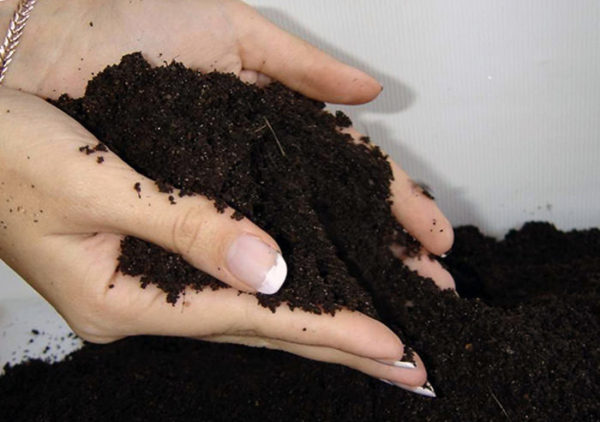
Would need:
- 2 parts of ordinary land;
- 6 parts of turf or 4 parts of surface peat;
- 1 part of river, fine sand.
Mix everything thoroughly in a large container, disinfect with special chemicals — phytosporin or trichodermin are suitable — and mix with nitroammophos at the rate of 15 g for every 10 kg of soil mixture. This mixture is ideal for plants susceptible to root rot and blackleg. Arrange the mixture in special containers, not less than 10 cm high, with small holes in the bottom to drain excess moisture.
Preparing seeds for sowing
Treat the seeds with any biostimulator to improve root formation and germinate on a damp tissue in a warm place for about 5 days. All this time, make sure that the top layer of the shelter remains wet.
Sowing and seedling care
Potato seedlings should be closed up to a depth of not less than 1.5 cm in previously moistened soil, and mulched from above with a layer of dry sand or the same earth.Loose soil remains a prerequisite for the successful cultivation of potatoes from seeds at home. Therefore, it is necessary to water the seeds before germination only with a spray gun, so as not to clog the soil and create conditions for the appearance of rot.
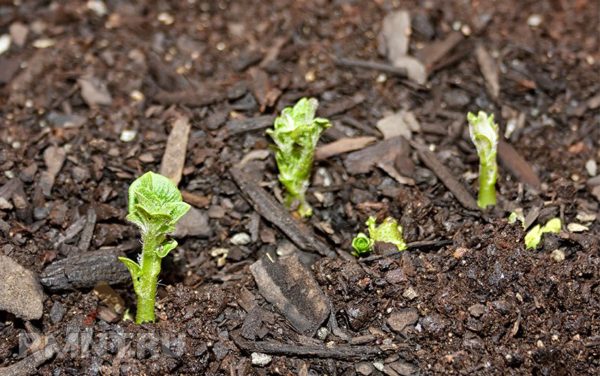
Potato seedlings feel good when regularly fed with mineral complexes designed to develop the root system of plants. This food should be repeated every 25 days. If necessary, seedlings can be carefully dived and planted in disposable cups.
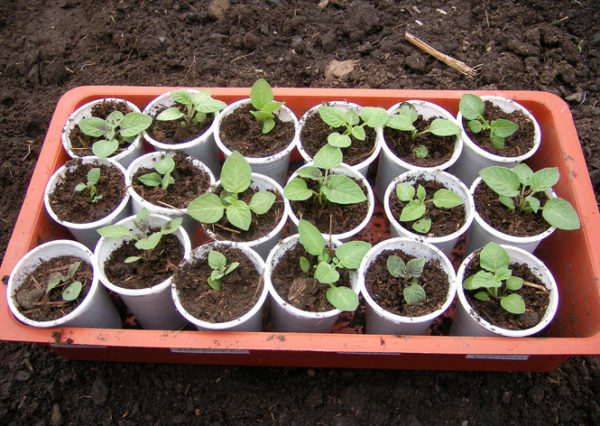
Hardening seedlings
In order for potato seedlings to better tolerate planting in open ground, it is necessary to take containers with plants for several hours to rooms with a low temperature 10-12 days before the proposed work in the garden. Gradually, the period of stay in the cold should be increased so that by the time of "relocation" the plants are accustomed to constant coolness. Begin with 2 hours.
Open potato transplant
Subject to the necessary agricultural conditions, when growing potatoes from seeds on the 45th day, seedlings have several true leaves. As soon as the threat of spring frost passes - it all depends on the cultivation area with its characteristic climatic conditions - such plants are ready for planting in greenhouses or open ground.
The landing pattern depends on the ultimate goal. When you want to get large potatoes from seeds in the first year of planting, seedlings should be placed at a distance of 40 cm from each other. If it is planned to obtain seed tubers for planting next year, the holes for the bushes should be done at a distance of 25 cm. The depth of the pits should be such that the seedlings fit in it until the first true leaves. On average, it is about 10 cm.
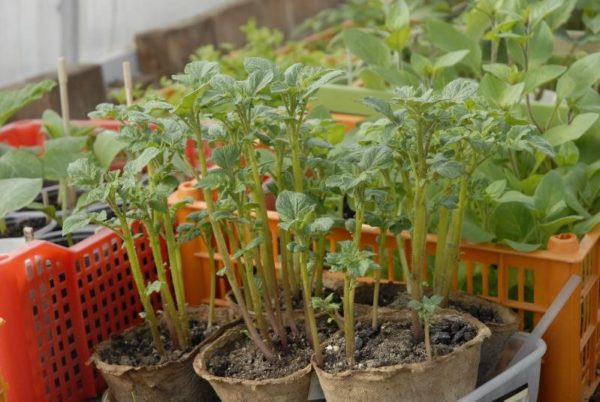
If you wish, you can pour half a glass of well-ripened humus mixed with several tablespoons of wood ash into prepared wells. Mix everything with soil in each well. To fill with water. As soon as excess moisture is gone, lay each sprout sideways - they are too fragile to plant them vertically. Sprinkle with soil and cover with lutrasil or spanbond to avoid freezing or overheating.
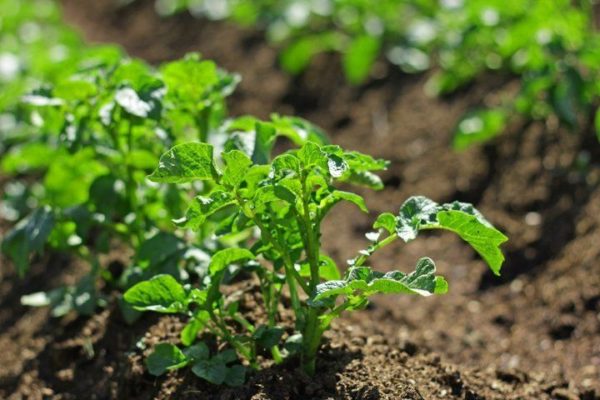
Top dressing
The best way to distribute mineral fertilizers correctly remains consultation with district agronomists. If this is not possible, we present a standard scheme for applying mineral and organic fertilizers at various stages of development of potatoes grown from seeds:
Secondly, experts recommend the use of a new complex fertilizer "Kemira" of the corresponding direction. This mineral complex works prolonged, that is, it promotes the outflow of nutrients from the ground to the tubers, improving their formation.Such work should be carried out on middle and late varieties of potatoes during the appearance of buds.
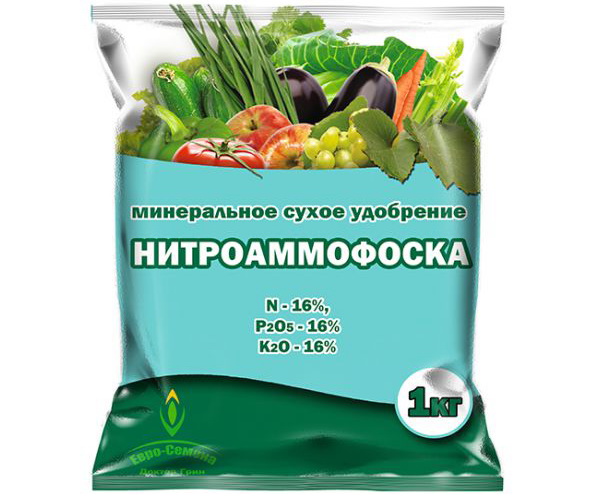
You can prepare a nutrient mixture by yourself eliminating nitrogen from the composition. For this, it is necessary to take potassium sulfate and phosphorus in equal proportions and dilute with water. One bucket of such a solution is enough for 15-20 bushes. Wood ash diluted with water is also suitable, but the details of this type of fertilizer during the growing season are best known from local experts - the quantity and quality of fertilizing directly depends on the type of soil and climatic conditions in various areas of zoning of potatoes.
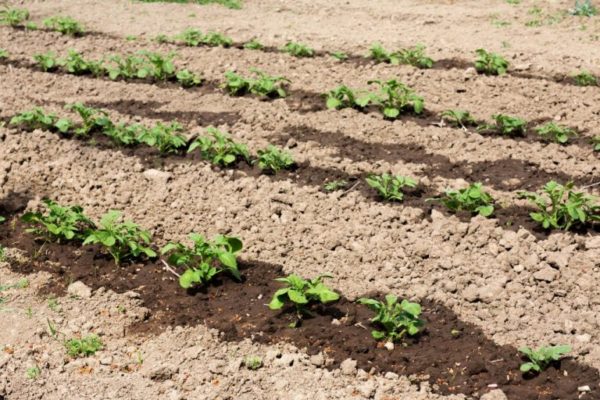
Protection against diseases and pests
Young shoots of potatoes should be treated with all possible preparations from superficial enemies - the Colorado potato beetle, aphids, and potato moths. For this, many types of chemicals are produced. You should choose those that do not accumulate in plants and tubers.
To combat intra-soil insects, biological products can be mixed with fertilizers when feeding.
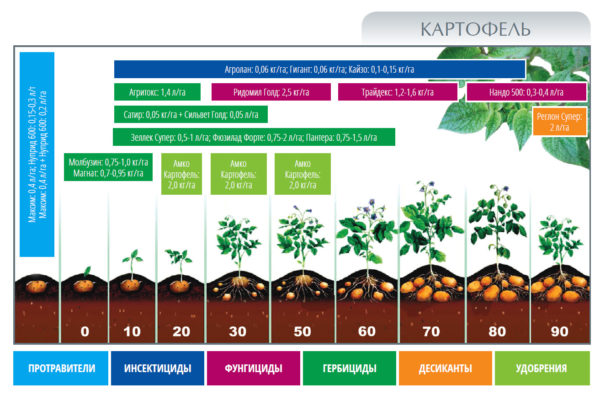
Varieties of potatoes for seed propagation
So that efforts to work with potato seedlings are not wasted, you should choose the right material for planting, taking into account the characteristics of each variety and your own preferences.
Early grades:
- "Assol" is a Russian plant species with elongated tubers of light yellow color. It is steady against climatic changes of weather, has a high indicator of productivity on all soils.
- "Farmer" - grows well in the northern regions, maintaining the quality of elite planting stock for 5 years. He likes moist soil.
- “Triumph” has no particular exactingness to the growing conditions. Excellent table variety with high productivity and excellent taste.
- "The Empress" is a luxurious option for row growing, resistant to disease and undemanding to agricultural technology. A feature of the variety - during the budding period, watering and top dressing should be provided.
- "Velina" - does not respond to climatic changes in the cultivation area, however, it gives an excellent yield only with good humidity and top dressing.
- “Milena” - perfectly tolerates climatic difficulties on sandy soils. Requires regular watering.
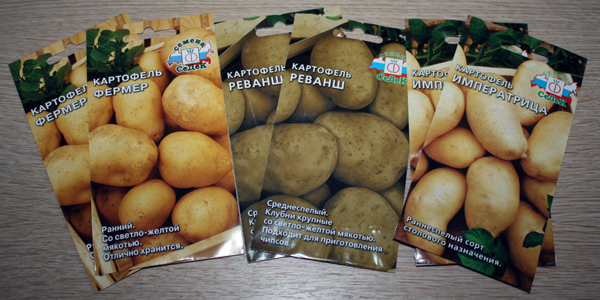
Medium varieties of potatoes for growing seeds at home:
- “Ilona” - loves sandy loamy soil and good top dressing. Watering is necessary only in the absence of rain.
- "Ballad" is a favorite of gardeners because of the low maintenance requirements and simple agricultural technology. Resistant to disease and climate.
- “Beauty” - loves heat and “Nitrofosku”, a high-yielding variety, does not require special care, is undemanding to the quality of soil and watering.
- "Revenge" - differ in very large potatoes, resistance to diseases and weather conditions.
- “F1 Lada Hybrid” - high yield and excellent endurance, a new, effective variety of pronounced red tint.
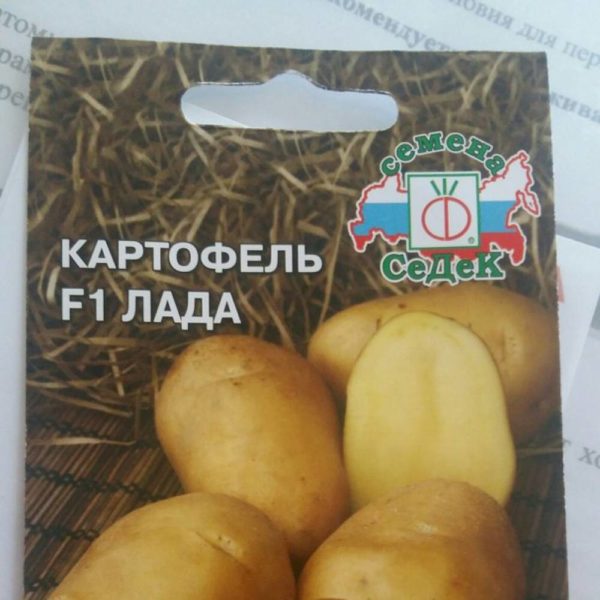
Late varieties:
- "Virgo" is an excellent option for growing potatoes in one season from seeds, gives a good harvest and friendly seedlings.
When to collect potato seeds
In all varieties, except later ones, instead of flowers on tops, whole clusters of berries are formed. They must be collected in July, having selected the largest ones, laid out on a dry litter in a warm room. Once the fruit has softened, gently tear the surface shell and rinse the seeds in water. Then dry on fabric and put away for storage, pouring into bags and signing each so as not to confuse varieties.
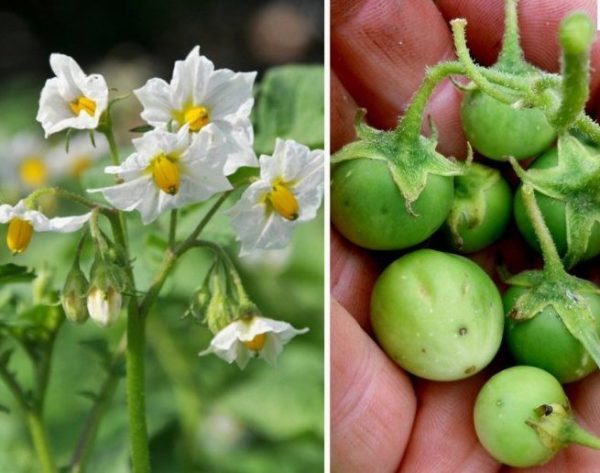
Reviews
Petr Fedorovich, Rostov Region:
“Planted“ Ilona ”from seeds 2 years ago. Of course, I had to tinker with seedlings - I dragged boxes to the windows and to the batteries. Took to the country, planted. The first year I got small potatoes, they didn’t try - it's a pity. The next year I used it already for the main landing. A great variety, especially since there is time - I'm retired. But he defended the water in a large barrel - he was afraid to pour cold bores. A luxurious crop was gathered from several hundred square meters, and it was enough for me and the children for the whole year - under each bush it turned out to be half a bucket. And very tasty. ”
Yanina Ivanovna:
“A few years ago we switched to early varieties of potatoes - the climate has changed, the summer has become hotter. I liked the grade "Assol" - all the nodules as a selection - smooth, neat. And the care is minimal. ”
Vitaliy:
“My first successful experience in growing potatoes for sale turned out to be the Ballada variety - in the first season, the cost of seeds and mineral fertilizers paid off. It is stored perfectly in an ordinary basement. "




 Description and description of varieties in Belarus with a photo
Description and description of varieties in Belarus with a photo Do I need to pick flowers from potatoes: why do they do it
Do I need to pick flowers from potatoes: why do they do it When to dig potatoes: timing and availability of new potatoes
When to dig potatoes: timing and availability of new potatoes How to grow a good potato crop: various methods and methods, planting and care
How to grow a good potato crop: various methods and methods, planting and care
Alexander
Plant, it’s an interesting thing, it’s a pity there are few seeds to choose from, I would like to try German “Adretta”, as well as try to grow Dutch varieties, and our potatoes are very worthy